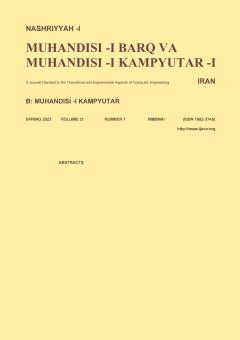-
-
List of Articles
-
Open Access Article
1 - Detection and Recovery of Corrupted Images After High Rate of Tampering Attacks
Faranak Tohidi Mohammad Reza Hooshmandasl -
Open Access Article
2 - Stock Price Movement Prediction Using Directed Graph Attention Network
Alireza Jafari Saman Haratizadeh -
Open Access Article
3 - Maintaining Confidentiality and Integrity of Data and Preventing Unauthorized Access to DICOM Medical Images
Mohammad Soltani Hassan Shakeri Mahboobeh Houshmand -
Open Access Article
4 - Synthesis and Implementation of Reversible Circuits Using all-optical Switch of Mach-Zehnder Switch (MZI)
yasser Sohrabi M. hooshmand Mohammad boloukian Maryam Moosavi -
Open Access Article
5 - Generation of Persian sentences By Generative Adversarial Network
Nooshin riahi Sahar Jandaghy -
Open Access Article
6 - Improving Precision of Recommender Systems using Time-, Location- and Context-aware Trust Estimation Based on Clustering and Beta Distribution
Samaneh Sheibani Hassan Shakeri Reza Sheybani -
Open Access Article
7 - Distributed Target Tracking by Solving Average Consensus Problem on Sensor Network Measurements
Iman Maghsudlu Meysam r. Danaee Hamid Arezumand
-
The rights to this website are owned by the Raimag Press Management System.
Copyright © 2017-2025







